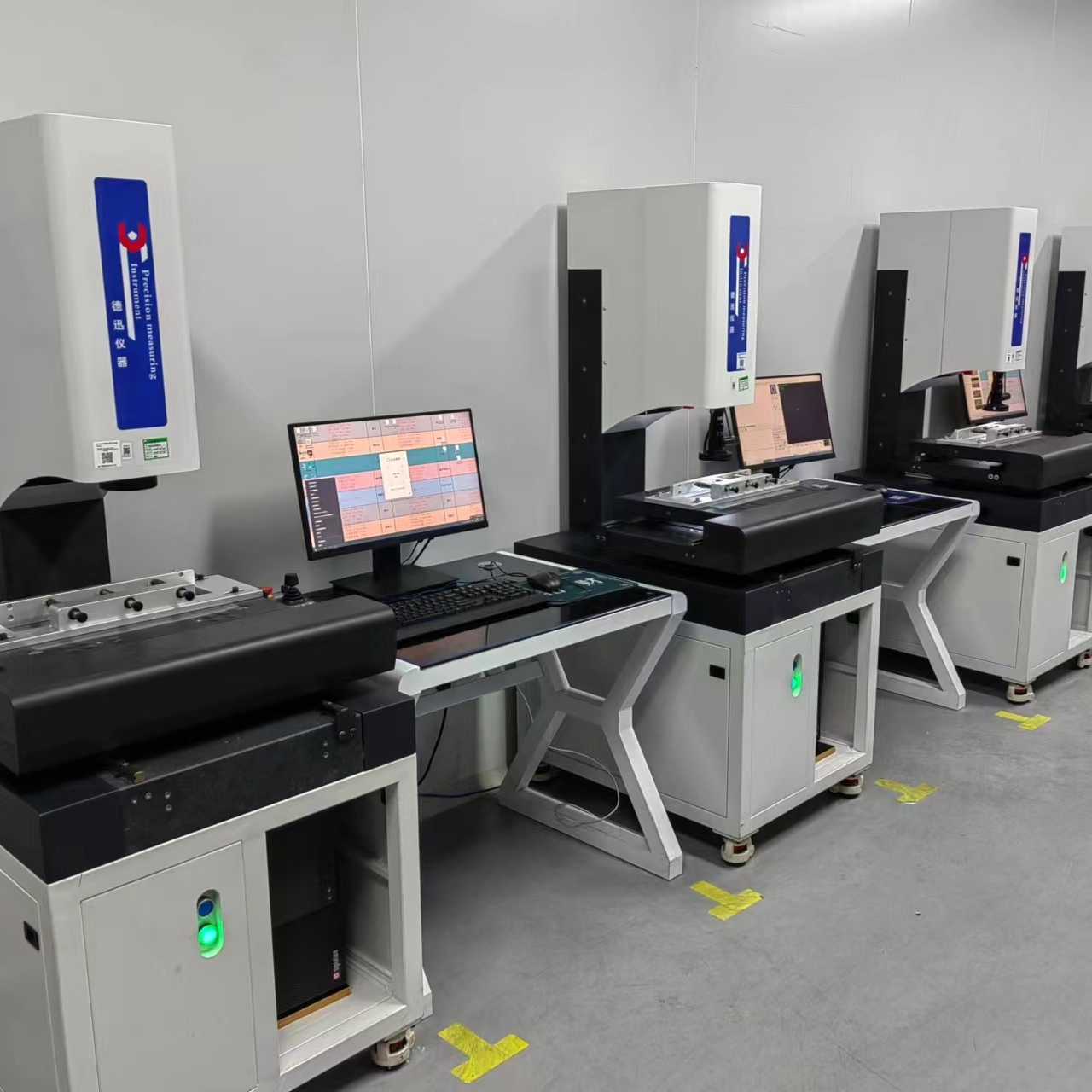The regulations for the working environment of contour instrument manufacturers and imaging instruments
November 30, 2023
Imaging instruments are also known as image measuring instruments, image based high-precision surveying instruments, and optical measuring instruments. It is a qualitative leap based on the measurement of projectors, elevating industrial production metrology verification methods from traditional electronic optical projection to precise measurement on computer screens through the use of multi image technology. Image
Measuring Instrument is a high-precision and precise measuring instrument that integrates light, electricity, and machinery. It must have excellent maintenance and upkeep to maintain the excellent application of the instrument. That way, we can maintain the original accuracy of the instrument and increase its lifespan. So the regular maintenance and upkeep of the imaging instrument is crucial, but when the instrument is not in operation or working, there is also strict management of the surrounding environment. This type of environment will have a slow shadow on the instrument, and if the service life of the instrument is not taken seriously, it will gradually decrease. Below, I will explain in detail the regulations for the working environment of the imaging device.

Regulations for working environment of imaging equipment: 1. Clean environment. The image measuring instrument is a highly precise instrument, so it cannot be contaminated with dust. Once the instrument slides, camera lenses, etc. are contaminated with dust and dirt, it can cause serious harm to accuracy and imaging. Therefore, it is necessary to clean the instruments on time and strive for a clean environment as much as possible. Staff must pay attention when entering and exiting, and it is stipulated to change boots or wear foot covers. And reduce staff access. 2. Reduce oil stains. Image measuring instruments are highly precise instruments, so their slides, camera lenses, grating rulers, and laminated glass in plan view must not be stained with oil, otherwise it will endanger all normal applications of the instrument. Be careful not to touch the instrument immediately with unclean hands, and it is best to carry pure cotton rubber gloves. 3. Sunshine exposure hazards. The detector can be placed in areas with strong natural light, otherwise it will harm the accuracy of the instrument and damage the instrument due to long-term exposure to excessively high temperatures. 4. Temperature control. The ambient temperature for placing the detector should be between 18 ℃ and 24 ℃, and should not exceed this range, otherwise the accuracy will be damaged. 5. Environmental humidity control. Environmental humidity also poses a threat to instrument accuracy, and excessive humidity can cause instrument rusting. Therefore, the general environmental humidity should be controlled between 45% and 75%.



